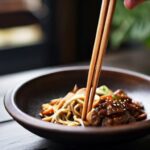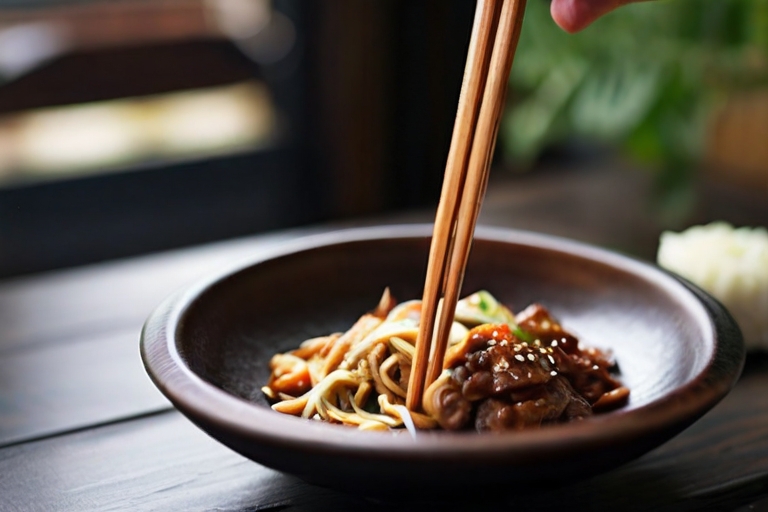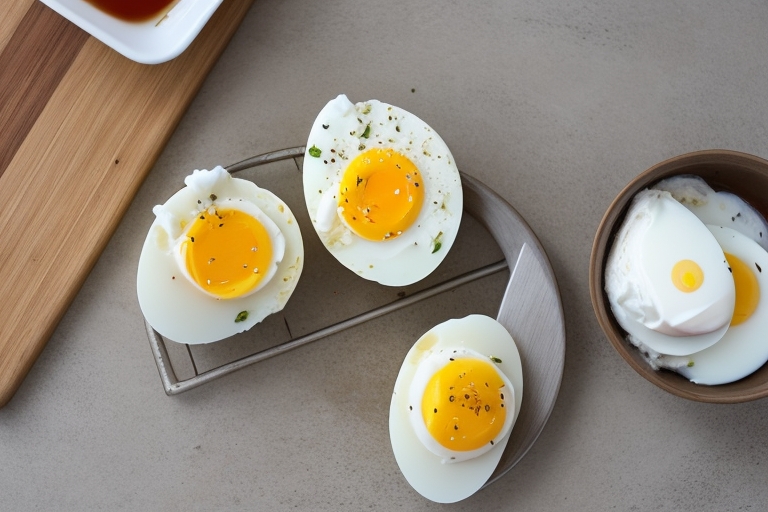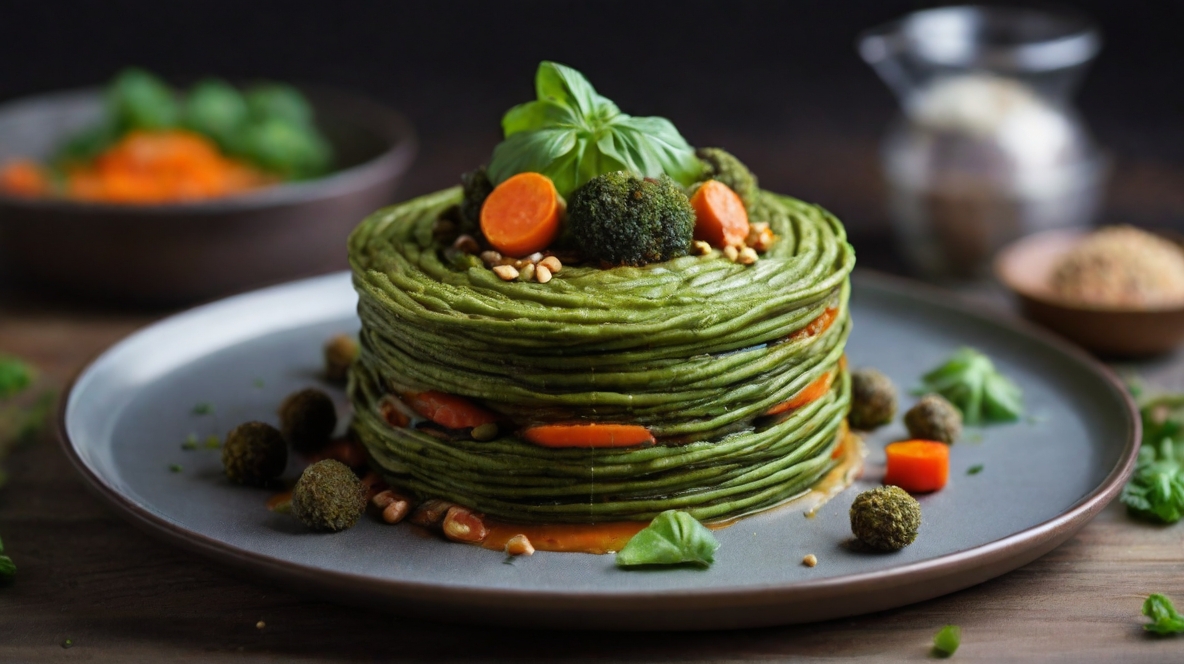Chopsticks are a fundamental part of Asian cuisine, and mastering the art of using them can enhance your dining experience while also offering a glimpse into the rich cultural heritage of countries like China, Japan, and Korea. Whether you’re a beginner or someone looking to refine your skills, this comprehensive guide will walk you through the steps to become proficient in using chopsticks with ease and confidence.
Understanding Chopsticks
What are Chopsticks?
Chopsticks are slender, elongated utensils traditionally made of wood, bamboo, metal, or plastic. They are used for picking up and eating food, primarily in East Asian countries such as China, Japan, Korea, and Vietnam. While there are various styles and materials of chopsticks, the basic principles of using them remain the same.
Why Learn to Use Chopsticks?
Learning to use chopsticks not only adds an element of authenticity to your dining experience but also offers several practical benefits. Using chopsticks can help you enjoy certain dishes more delicately and precisely, allowing you to savor the flavors and textures of different foods. Additionally, mastering chopsticks can be a fun and rewarding skill to acquire, providing a sense of accomplishment and cultural appreciation.
Getting Started
Choosing the Right Chopsticks
When selecting chopsticks, consider factors such as material, length, and design. Beginners may find it easier to start with wooden or bamboo chopsticks, as they provide better grip and control. Opt for chopsticks with textured tips or grooves to facilitate better food handling. Additionally, choose chopsticks that are comfortable to hold and appropriately sized for your hands.
Holding Chopsticks Correctly
Proper grip and posture are essential for effective chopstick use. To hold chopsticks correctly, place one chopstick between your thumb and index finger, resting it on the base of your thumb and the tip of your ring finger. Use your middle finger to stabilize the chopstick. Hold the second chopstick between your thumb and index finger, using your middle finger to guide its movement. Maintain a relaxed grip and avoid gripping the chopsticks too tightly, as it can lead to hand fatigue and discomfort.
Mastering Basic Movements
Practice basic movements such as picking up, holding, and transferring food with chopsticks. Start by picking up small, lightweight items such as rice grains or noodles to develop dexterity and control. Use your dominant hand to maneuver the chopsticks while using your non-dominant hand to stabilize the food. Practice picking up different types of food items, gradually increasing the difficulty as you gain confidence and proficiency.
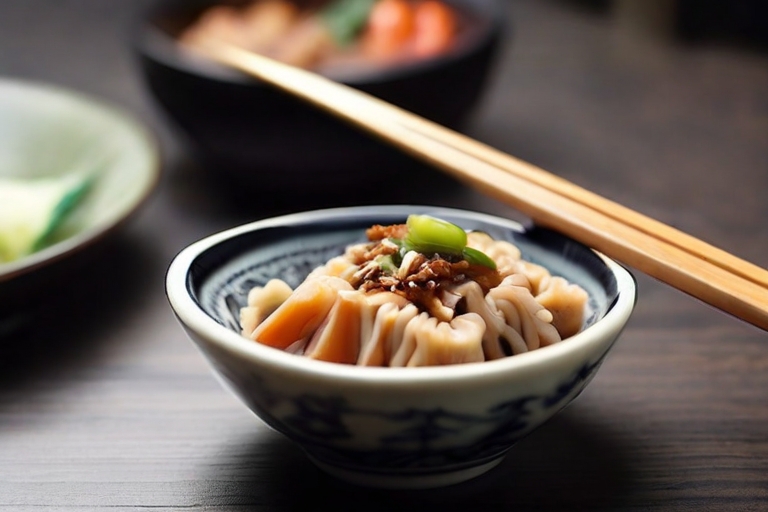
Refining Your Skills
Improving Coordination and Precision
As you become more comfortable with basic chopstick movements, focus on improving coordination and precision. Experiment with picking up larger or irregularly shaped food items, challenging yourself to maintain control and balance. Practice transferring food from one chopstick to another, refining your hand-eye coordination and fine motor skills.
Enhancing Speed and Efficiency
Speed and efficiency are key aspects of chopstick proficiency, especially when dining in a group or enjoying a hot pot meal. Practice picking up food quickly and efficiently, minimizing unnecessary movements and maximizing food intake with each bite. Experiment with different techniques and grips to find what works best for you, and strive for smooth, fluid movements when using chopsticks.
Advanced Chopstick Techniques
For those looking to take their chopstick skills to the next level, explore advanced techniques such as splitting chopsticks, rotating chopsticks, and using chopsticks for cooking and food preparation. These techniques require practice and patience but can elevate your chopstick prowess and impress fellow diners with your culinary finesse.
Conclusion
Mastering the art of using chopsticks is a rewarding journey that offers both practical benefits and cultural appreciation. By understanding the fundamentals of chopstick use, practicing basic movements, and refining your skills over time, you can become proficient in handling chopsticks with ease and confidence. Whether you’re enjoying a traditional Asian meal or exploring new culinary experiences, chopsticks can enhance your dining experience and provide a deeper connection to the rich cultural heritage of East Asia. Start your chopstick journey today and discover the joy of mastering this timeless culinary art.



